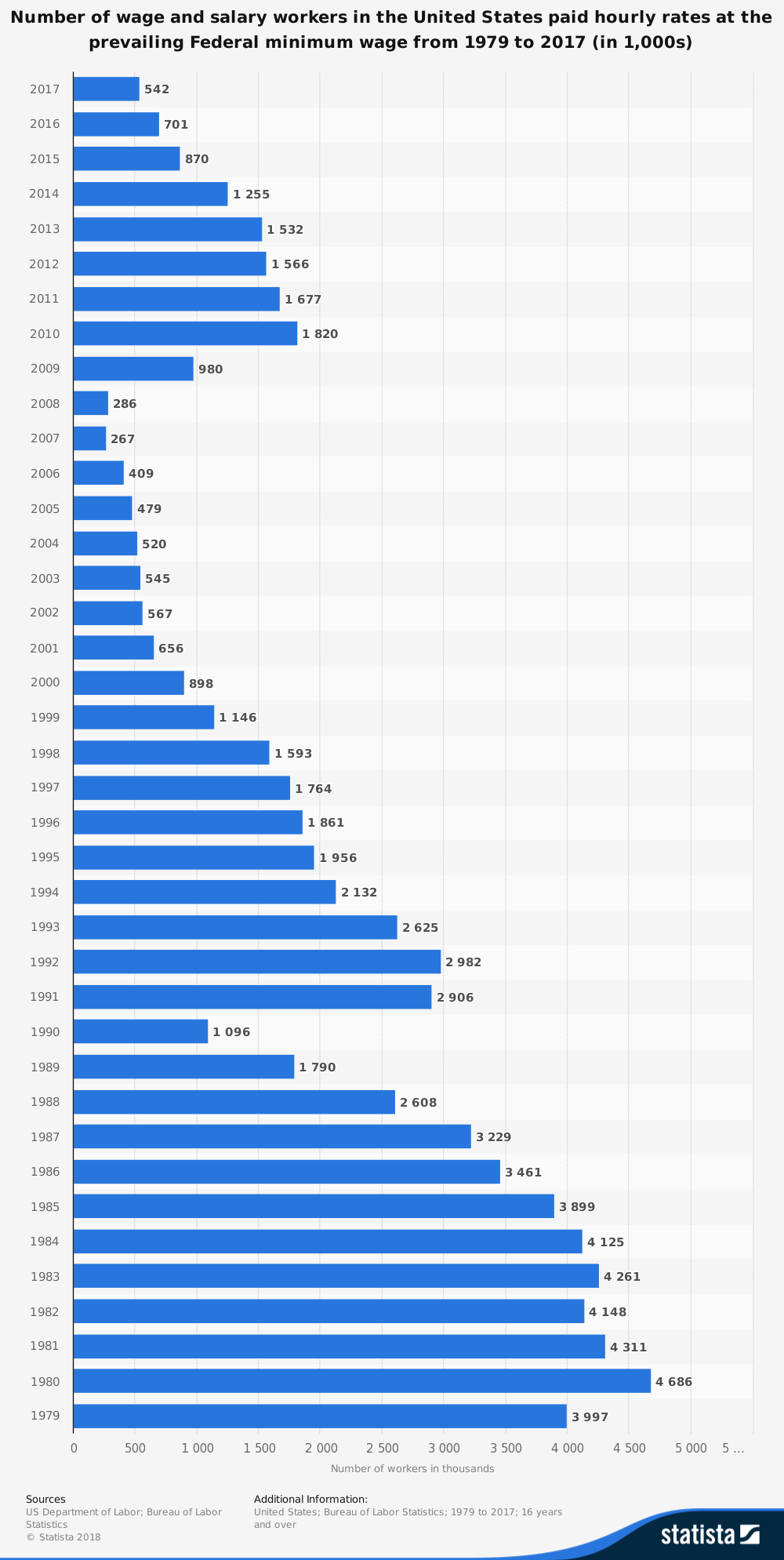A price floor is the lowest legal price a commodity can be sold at.
Does price floor encourage lower wages.
The most common price floor is the minimum wage the minimum price that can be payed for labor.
A price floor is a government or group imposed price control or limit on how low a price can be charged for a product good commodity or service.
For example the uk government set the price floor in the labor market for workers above the age of 25 at 7 83 per hour and for workers between the ages of 21 and 24 at 7 38 per hour.
In the end even with good intentions a price floor can hurt society more than it helps.
Price floors are used by the government to prevent prices from being too low.
A good example of how price floors can harm the very people who are supposed to be helped by undermining economic cooperation is the minimum wage.
Price floors are also used often in agriculture to try to protect farmers.
Legislating a minimum wage is commonly seen as an effective way of giving raises to low wage workers.
It may help farmers or the few workers that get to work for minimum wage but it does not always help everyone else.
A deadweight loss.
The price floors are established through minimum wage laws which set a lower limit for wages.
If the market was efficient prior to the introduction of a price floor price floors can cause a deadweight welfare loss.
Unfortunately it like any price floor creates a surplus.

